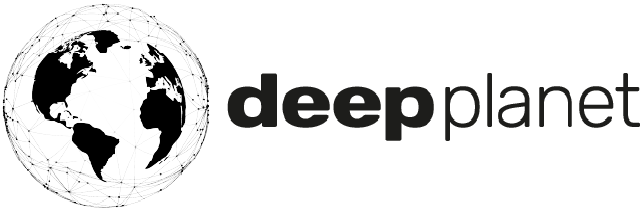Phylloxera Detection: Supporting Biosecurity Using AI
Phylloxera is a grapevine pest whose devastating impact has altered the course of the wine industry’s history. Phylloxera cannot be treated with pesticides and affected vineyards’ productivity declines until eventually, they need to be replanted with resistant rootstock. This pest poses a significant biosecurity risk in parts of the world that are considered phylloxera-free at the moment. In one of these regions, phylloxera has evolved from a threat to a real problem, making it imperative to be able to detect and monitor its spread easily and at scale. To tackle this challenge, Deep Planet has developed a tool to detect phylloxera infestation and classify its severity.
Current practices
Phylloxera-free wine regions implement biosecurity measures to prevent the introduction of phylloxera and usually carry out regular or semi-regular ground monitoring to ensure their vineyards remain unaffected. However, the effectiveness of such ground monitoring is limited for a number of reasons:
No distinctive symptoms. A vine infested with phylloxera can exhibit symptoms that are generic to many grapevine diseases or can be a reaction to unusual climatic conditions. Phylloxera infestation can go unnoticed for years as it affects vine roots. The lack of a distinctive set of symptoms associated with phylloxera makes it difficult to choose where to carry out ground monitoring. As a result, the choice is usually random and thus, can result in missing points of disease outbreak.
Resource-intensive. Ground monitoring is usually performed with insect traps and the severity of the condition is assessed through the insect count. It costs time, labour and money, especially when trying to monitor entire wine regions.
Not scalable. Due to its resource-intensive nature, this approach for phylloxera monitoring is not scalable. As a result, ground monitoring provides limited snapshots from random sampling locations, creating a patchy and unreliable picture of historical and current phylloxera monitoring.
Our solution
We applied our expertise in artificial intelligence to enable the detection and regular monitoring of phylloxera at scale, addressing the limitations and challenges of current practices. Using satellite imagery to detect a pest that lives in the soil is not an easy task. However, the pest does affect the vine in ways that are detectable by machine learning algorithms, which recognise patterns across large datasets. We have, therefore, been able to develop a tool which allows us to:
Distinguish between healthy and infected vineyards with 84.5% accuracy.
Classify vineyards as healthy, mild or severely infested with 72.5% accuracy.
Identify infected vineyards with 95.7% accuracy (true positives).
This tool can be applied to assess current phylloxera prevalence, as well as to visually track the spread of phylloxera over time.
Deep Planet’s phylloxera detection and monitoring tool demonstrates the power of applied AI technology to create value for growers and provide holistic support for vineyard management and monitoring.
To learn more about VineSignal and how it can support your vineyard management decisions, sign up for our 14-day free trial below or read more here

